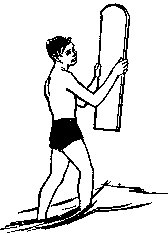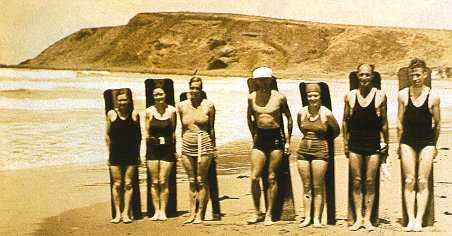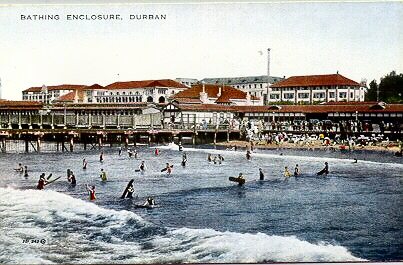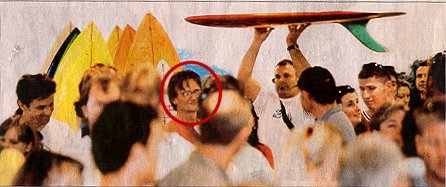 |
surfresearch.com.au
the catalogue #166 |
| home | catalogue | history | references | appendix |
|
| 1950 Lamaroo Belly Board 5ft 1" |
#166
|

|
Length
:
|
5
|
ft |
1
|
inches | L2: | |
|
Width
:
|
11
3/4
|
inches |
Wide
Point :
|
inches | ||
|
Nose
:
|
11
3/4
|
inches |
Tail
:
|
11
3/4
|
inches | |
|
Thickness
:
|
1/2
|
inches |
Pod
:
|
11
3/4
|
inches | |
|
Nose
Lift :
|
2
|
inches |
Tail
Lift :
|
inches | ||
|
Weight
:
|
kilos |
Volume
:
|
litres | |||
|
Other
:
|
inches |
CONDITION:
7.5


Boy with bellyboard, UK circa 1960 from Edmunson ; page 162 Text reports dimensions as 4 ft x 12'' x 3/8'' Waterproof resin-bonded or marine plywood. Commercially available, cost up to 30 shillings ($3.00) |

Grace Smith Wooton and Win Harrison Point Lonsdale Victoria, circa 1915. from Wells page 157 The board was made by a local carpenter, cost 12 shillings ($1.20), with her initials carved in one end. |




| home | catalogue | history | references | appendix |